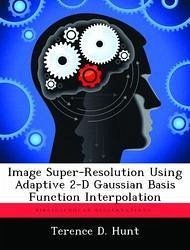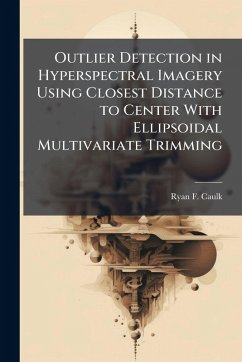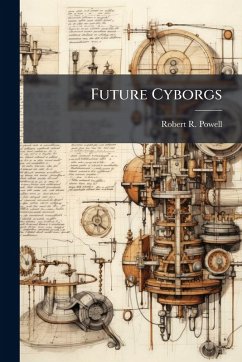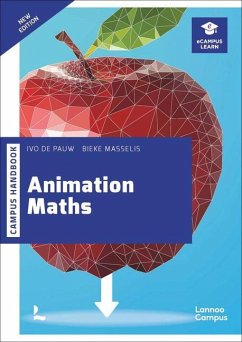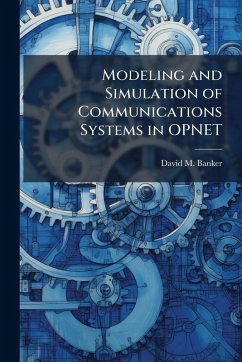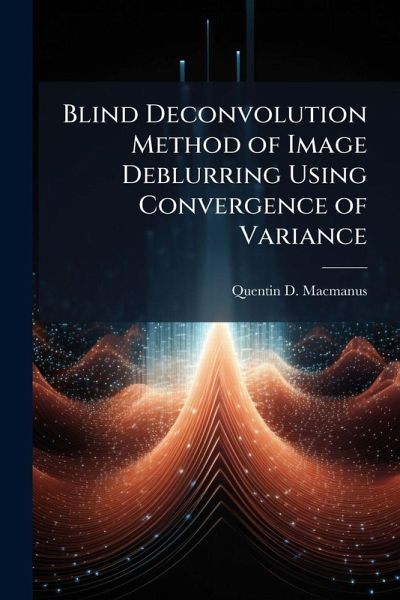
Blind Deconvolution Method of Image Deblurring Using Convergence of Variance

PAYBACK Punkte
8 °P sammeln!
Images are used for both aerial and space imagery applications, including target detection and tracking. The current problem concerning objects in geosynchronous orbit is that they are dim and hard to resolve because of their distance. This work will further the combined effort of AFIT and AFRL to provide enhanced space situational awareness (SSA) and space surveillance. SSA is critical in a time when many countries possess the technology to put satellites into orbit. Enhanced imaging technology improves the Air Force's ability to see if foreign satellites or other space hardware are operating...
Images are used for both aerial and space imagery applications, including target detection and tracking. The current problem concerning objects in geosynchronous orbit is that they are dim and hard to resolve because of their distance. This work will further the combined effort of AFIT and AFRL to provide enhanced space situational awareness (SSA) and space surveillance. SSA is critical in a time when many countries possess the technology to put satellites into orbit. Enhanced imaging technology improves the Air Force's ability to see if foreign satellites or other space hardware are operating in the vicinity of our own assets at geosynchronous orbit. Image deblurring or denoising is a crucial part of restoring images that have been distorted either by movement during the capture process, using out-of-focus optics, or atmospheric turbulence. The goal of this work is to develop a new blind deconvolution method for imaging objects at geosynchronous orbit. It will feature an expectation maximization (EM) approach to iteratively deblur an image while using the convergence of the image's variance as the stopping criteria. This work has been selected by scholars as being culturally important, and is part of the knowledge base of civilization as we know it. This work was reproduced from the original artifact, and remains as true to the original work as possible. Therefore, you will see the original copyright references, library stamps (as most of these works have been housed in our most important libraries around the world), and other notations in the work. This work is in the public domain in the United States of America, and possibly other nations. Within the United States, you may freely copy and distribute this work, as no entity (individual or corporate) has a copyright on the body of the work. As a reproduction of a historical artifact, this work may contain missing or blurred pages, poor pictures, errant marks, etc. Scholars believe, and we concur, that this work is important enough to be preserved, reproduced, and made generally available to the public. We appreciate your support of the preservation process, and thank you for being an important part of keeping this knowledge alive and relevant.



